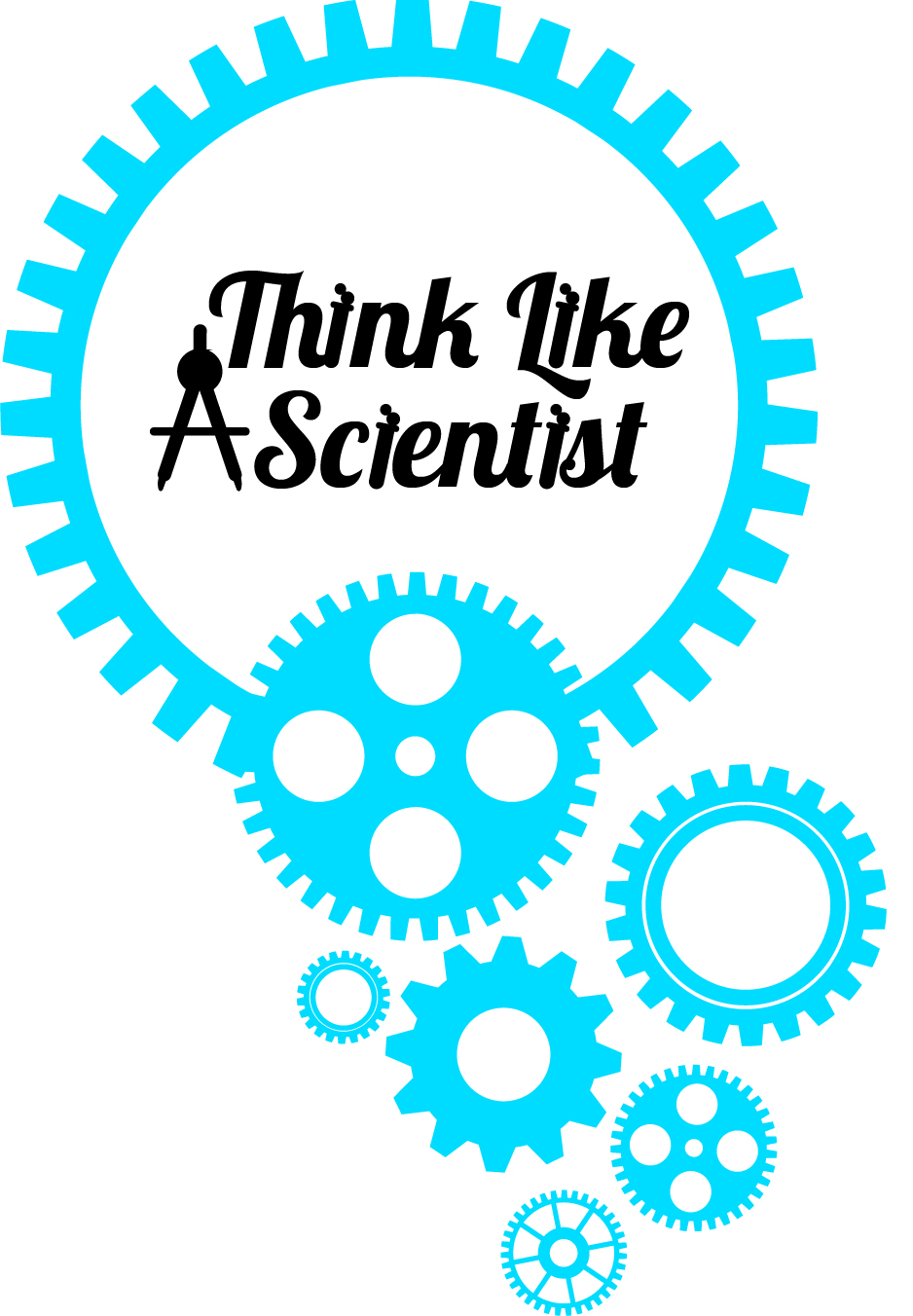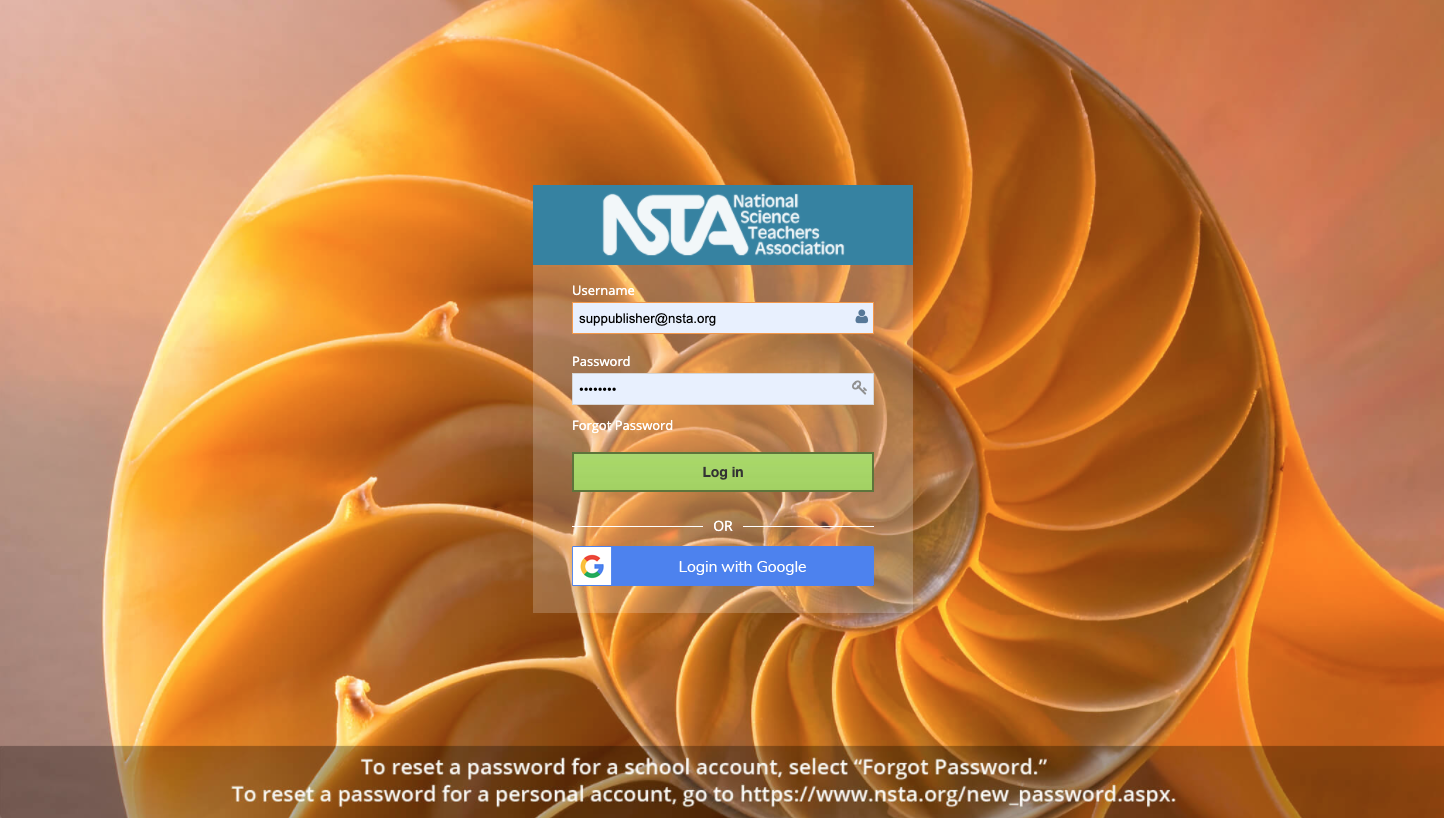
Ebooks using storytelling to let students explore science in an interactive format.
UX/UI, product design, and product management.
Education today is using digital devices as part of the curriculum with ever-growing frequency. Content is used from various sources, including the National Science Teaching Association (NSTA).
One of NSTA’s services is creating interactive ebooks for elementary students.
As education standards change many schools are facing the same problems. One sector of which is the treatment of science at the elementary level. In certain states, science is either no longer mandatory in the elementary classroom, or the amount of time allotted to teaching science is decreasing.
Naturally, teachers are looking at how they can incorporate science content into traditionally science-free subjects, such as English or social studies.
Fictional stories about science phenomena already existed, not a new idea. However, NSTA did bring something new to the market. A seamless student-led exploration in narrative form. Interweaving science, mathematics, and English language learning arts.
Not only a story, but also a teaching manual. Acting as a guide to the educator on how to incorporate the content into the classroom depending on their pedagogical goals.
Traditionalists are comfortable with books. Technology enthusiasts don’t bat an eye at apps. So what about a web-app that emulated a book-like format? Not only would it appeal to both markets but keeping a book format is key to students’ language learning.
The result? An interactive ebook hosted on a SASS.
The interactive format allows for a multitude of things.
The ebook would act as a foundation of learning enhanced by an educator guiding the students and enriching the learning experience.
Before launching a fully-fledged series we had to create an MVP (minimal viable product). The most cost-effective way of doing this is by creating an ebook in-house.

A group of 20 teachers at our national conference review the ebook. They all agree they would use it without modification. But, almost none in the same way. Below are just a few ways they had in mind.
At this stage, our two main takeaways are:
After the conference, we developed the test ebook into a final product with a consistent visual design to be applied to every future ebook.




Each page is designed to have multimedia supporting the content and an appropriate amount of information for the grade level.

Multimedia, including illustrations and photos, are procured in a combination of in-house, contracting, and sourcing dependent on time constraints and budget.

Branding this was going to be complicated... Let me explain.
“Think Like A Scientist” is a sub-series of “Kids” within the larger series “eBooks+” within the publication house of “NSTA”. Yup. That was a lot. This might be helpful...
NSTA > eBooks+ > Kids > Think Like A Scientist
To get all of these elements into the cover design three of the series are combined into one single logo: the “eBooks+” logo, which already includes “NSTA”, and “Kids” emulating the print press NSTAKids series.
“Think Like A Scientist” is treated as a badge.

This particular design element could and would be used on merchandise at conferences. The first conference selling merchandise with this logo everything sold out the first day of a four day conference.




The ebook layout is done in iBooks before sending it to development by an outside contractor: Magic Software. From there Magic creates epub3 files to be used on our SASS– NSTA eReader–available on the Playstore, Apple Store, web, and Windows Apps.

The ebooks' interactivity is integral to create a student-led experience. The interactives' storylines and UI/UX are done in-house before moving on to development. The whole process from initial design to delivery is a close and on-going collaborative process between project management, designers, and engineers.

The first ebook, written in-house, paved the path for the rest of the series. However, unlike the first ebook, the rest are authored by elementary educators–written by teachers for teachers.
The ebooks are currently incorporated into schools' curriculum, used as supplementary content, and in home-schools.
Within 3 years 100+ schools adopted the ebooks.